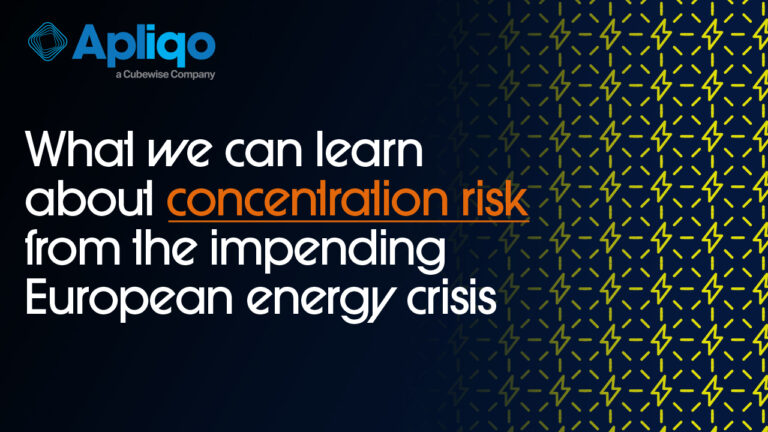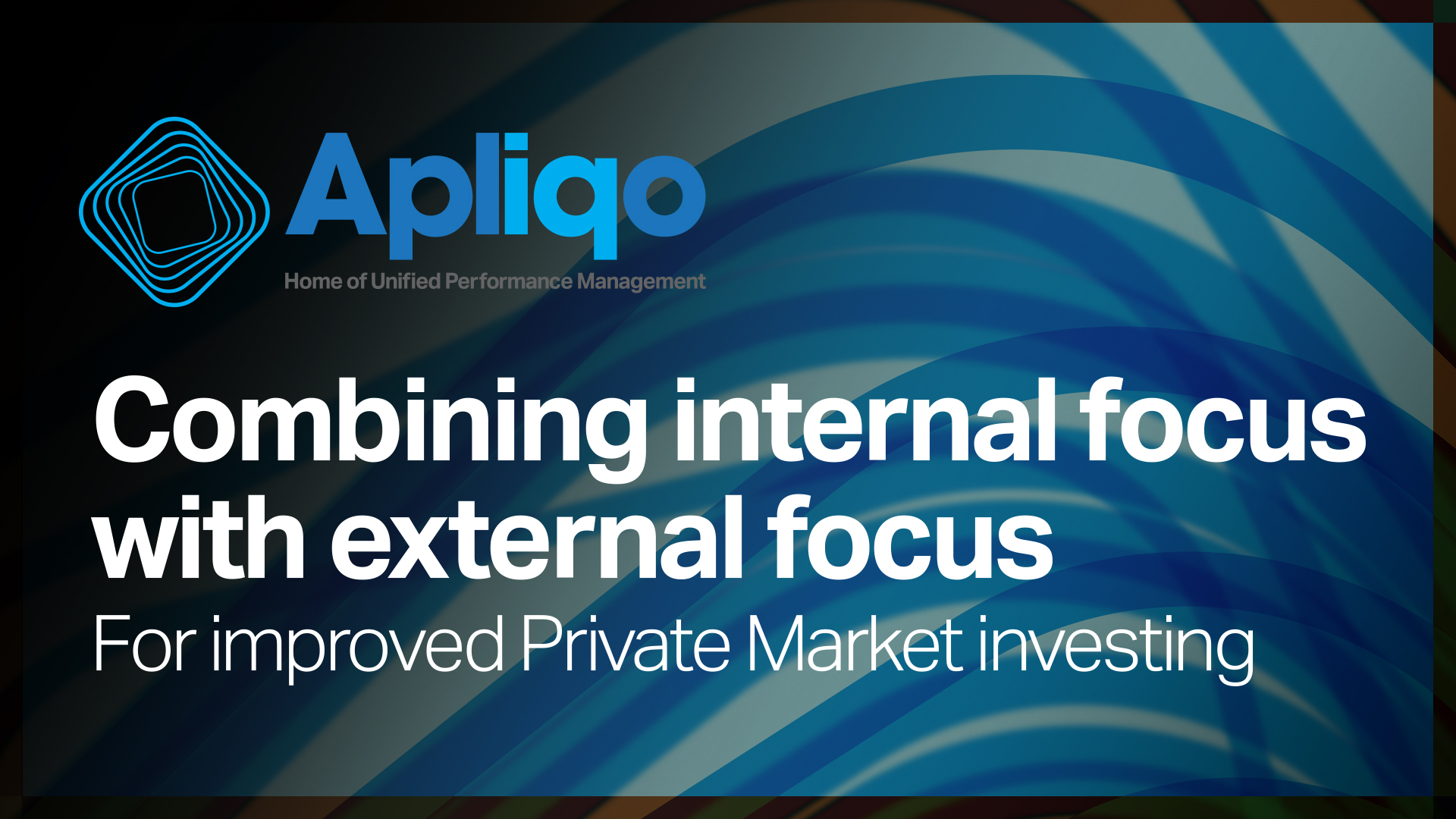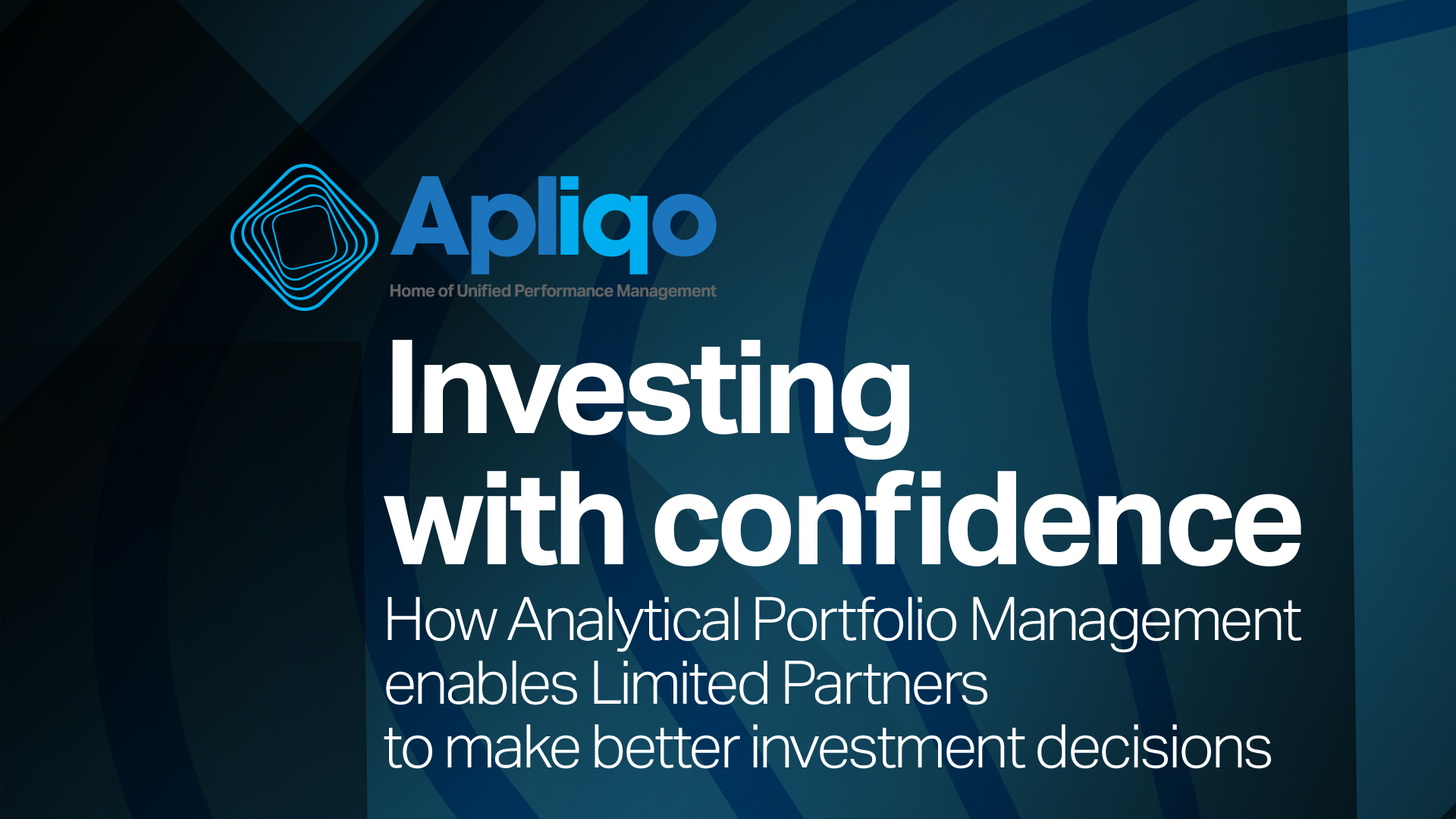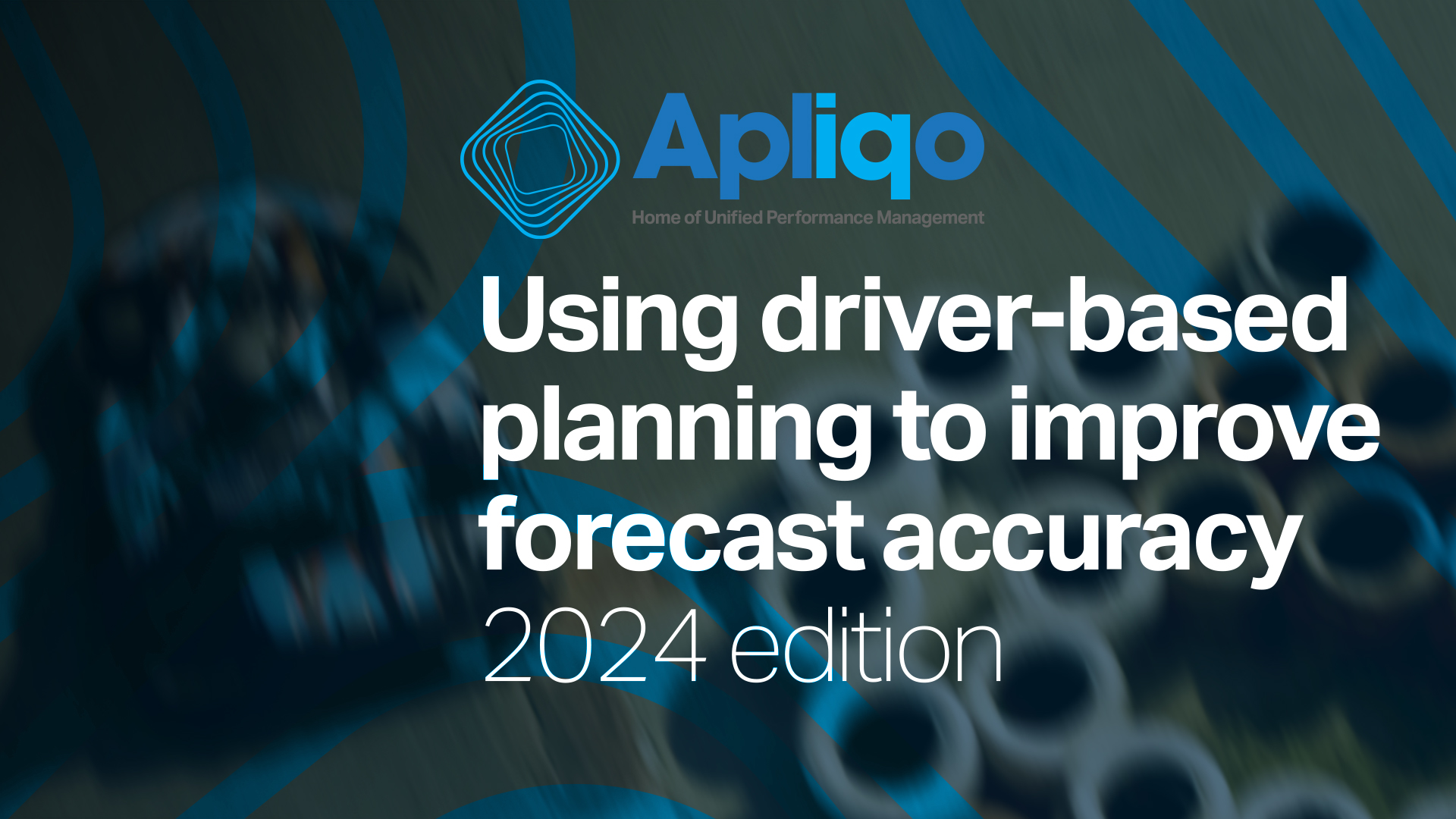Russia’s recent decision to block access to its highly important gas line has caused tremendous distress across Europe due to the radical impact it has on the continent’s ability to produce power for its people. As winter approaches, this is likely to cause widespread energy shortages that will take their toll on citizens across multiple countries in a crisis that might be one of the most severe seen in recent memory.
We’re not going to discuss the politics here, but there are other lessons to be learned from this situation that companies should be looking to internalize as they go about their own business journey. And the key one is that you should never be too dependent on one particular supplier for any of your key resources.
Europe’s dependence on Russian gas
About 38% of Europe’s natural gas is supplied by Russia and with 34% of the continent’s power coming from gas, this represents a tremendous concentration risk – especially to an autocratic power like Russia. It’s very clear now that such a dependency is a key strategic and sociopolitical weakness – as has been so cruelly exposed in recent days.
For the developed countries that are affected here, the lack of self-sufficiency is cause for concern and it’s going to require a tremendous amount of maneuvering to keep the economy going while alternative plans are made. This dependency is the result of continued globalization that has been the de facto economic strategy for the past couple of decades – but perhaps that was a bit short-sighted.
As businesses, we need to learn from this example and ensure that we are never too dependent on any one stakeholder who doesn’t share our interests or mission.
Identifying and eliminating concentration risk
The key tenet of any risk management philosophy is diversification. The way that you minimize the chances of being rocked by a black swan event is to increase the nodes in your network and create redundancies that can keep you going when something unexpected takes out a portion of your business.
Whether that’s on the revenue side (ensuring that your revenue base is not dominated by one key client) or on the expense side (ensuring that you have multiple avenues for procuring key supplies), you have to work diligently to minimize your concentration risk. The more flexibility and agility you have in this regard, the more robust your company is going to be.
How do you evaluate whether you have concentration risk?
Your concentration risk is something that you should be monitoring regularly as your business rolls forward – and the best way to analyze it is through intentional slicing and dicing of your customer and supplier data. Apliqo’s software tools are a great asset here as you can get to very granular analyses of what makes up key lines within your profit and loss, drilling down to how they are made up and what the allocation looks like.
Once you have that information, you can then assess whether you’re happy with how things are spread out, or whether you need to take specific actions to improve your diversification. By making this a strategic objective – you can ensure that you never find yourself in the situation that Europe does now – scrambling to find resources without the necessary backup plan.
If this sounds like something you need to consider, then it’s time to take Apliqo for a spin and see how we can help you. Book your demo today.







